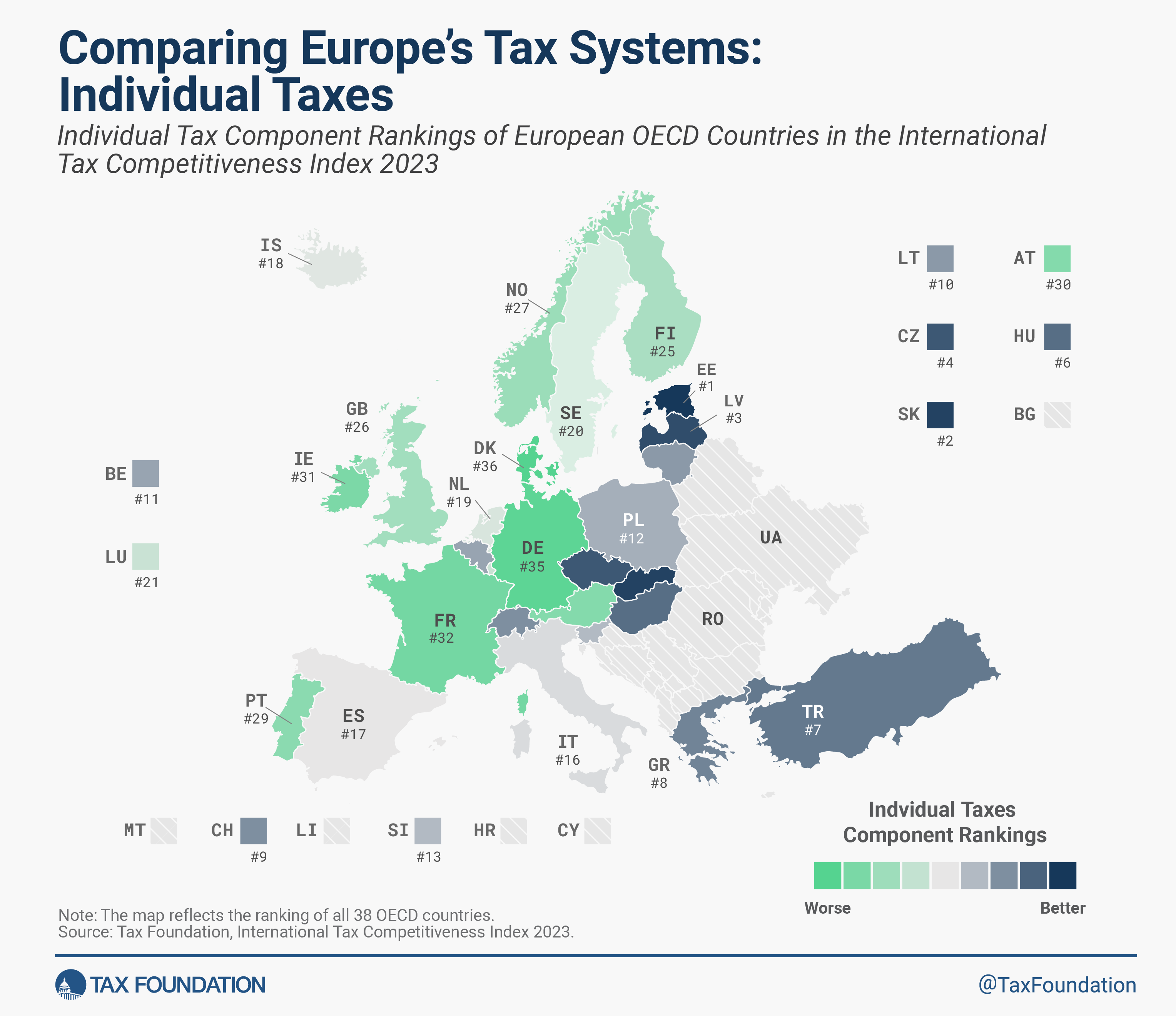The 2025 Corporate Tax Technology Report: Findings
Tax departments everywhere are expecting tax technology and AI to help them keep pace with the growing demands of the digital age
– Blog home
The Thomson Reuters 2025 Corporate Tax Department Technology Report offers the latest research on how corporate tax departments are incorporating new technologies into their operations, as well as the many challenges tax departments face in adopting new technological systems and processes.
Historically, corporate tax functions have been slow to embrace new tax technologies, due primarily to budget constraints, inadequate technical infrastructure, a lack of tech-savvy personnel, and cultural resistance to change. In the past few years, however, the digitalization of global tax regimes and increasing demands for more real-time data have made certain tax technologies (such as automation) indispensable, and other technologies such as artificial intelligence (AI) more attractive.
The 2025 report shows that people are starting to accept new tax systems, especially automation and AI. They are beginning to see the potential that these systems have. 94% of the respondents to this year’s poll said they are “hopeful” and “excited” for the future of tax tech. 88% of those who responded said they also expect AI to become a part of their everyday work in the next five year. However, current AI use in corporate tax departments is still very low.
Jump to |
Current corporate tax department challenges
Structural impediments to the broader adoption of tax technologies still exist, however. Many tax departments are still viewed as a back office function and have not yet been given a seat at the table where decisions are made about enterprise-wide tech acquisitions. Many people who responded to this year’s survey felt frustrated because their department lacked the power to make important decisions. On the technological maturity curve, more than half of respondents (57%) described their organization’s technology posture as chaotic or reactive. Only 6% said their organization was optimized or predicative, the highest level on the curve. The rest of the world is stuck in the middle, where budgets and ambitions often clash. 74% of respondents this year said they expect to see their tech budgets rise in the next 3 to 5 years. Companies with a revenue of more than $1 billion have a huge advantage in this field. They are more likely to invest into new technology applications and in training than smaller firms. The types of technology that companies are interested in purchasing also appears to be changing. Though tools for such tasks as indirect tax compliance, tax provision, and indirect tax determination are still the most common tax technologies in use, newer tech applications such as digital tax reporting, tax analytics, and key performance indicators (KPIs) are gaining traction, albeit slowly.
The growing importance of AI in corporate tax departments
People are also very interested in using artificial intelligence (AI) for tax work. 74% of respondents said that automating repeatable processes is a high or medium priority for their department. Automation will impact daily workflows. But many organizations see automation of simple tasks as an opportunity to free up tax professionals to do more important strategic work.
Interest in the possibilities for generative artificial intelligence (GenAI) is also quite high, though the majority of respondents (84%) said they are still “considering” or “exploring” the technology. Only 6% of respondents reported that their departments were “active users” of GenAI. However, there is widespread agreement that various forms of AI will play an increasingly important role in the years to come.
Technology and training: time for a plan
In general, the results of this year’s survey are not dramatically different from last year’s, though one thing is clear: the acceptance and adoption of technology in the tax world–be it cloud-based services, automation, AI, GenAI, or tax-specific software–is gathering speed. The larger companies are leading, but smaller and mid-sized companies are also quickly jumping on board to avoid being left behind. Many departments are currently relying on IT personnel or individuals to handle technology transitions. Tax departments that are looking to improve their technology profile will need more than the latest software. They will need a detailed strategy, budget planning and human resources involvement. They will also need regular training and change management. Few tax departments have mastered all the elements of a successful technology transition, but the need for it is clear, and the desire is there.
Standing still is not an option.
Explore how corporate tax departments are leveraging advanced technology and external consultants to gain a competitive advantage. Our 2025 Corporate Tax Department Technology Report provides essential insights.






